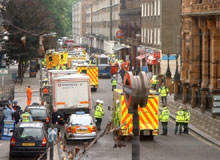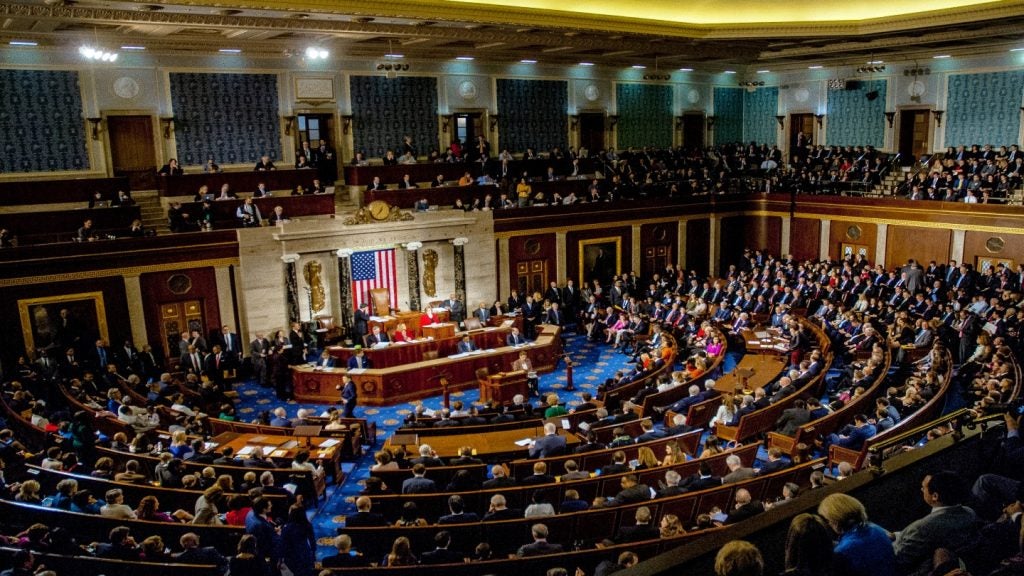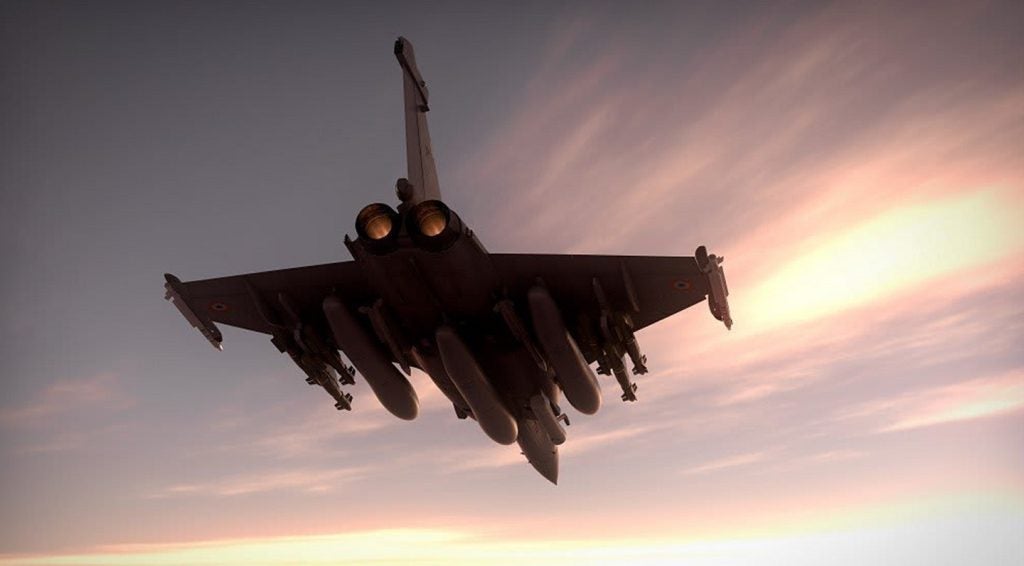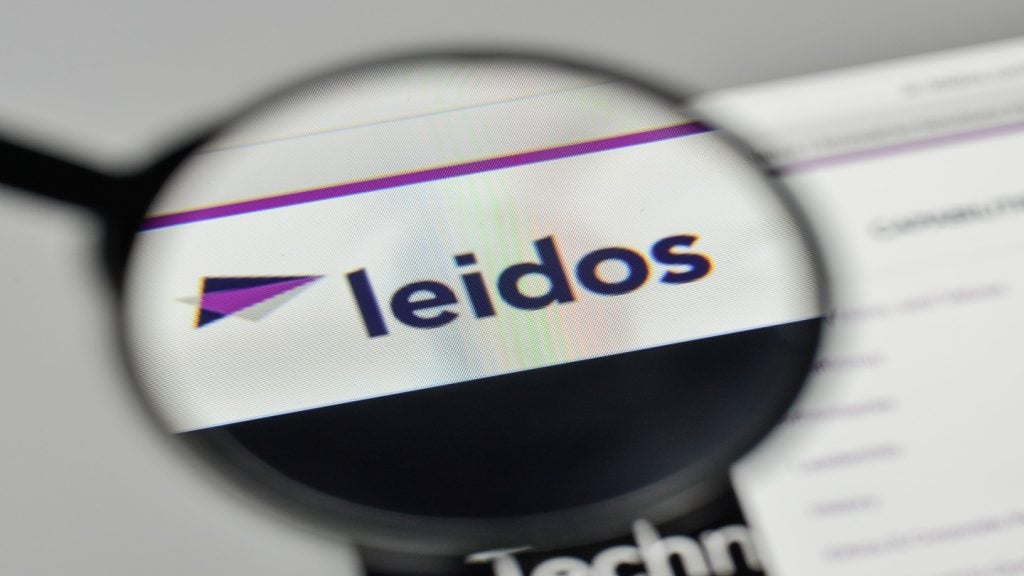
Since the World Trade Center attacks of 2001, the global homeland security (HLS) market has exploded, and is expected to continue to grow exponentially well into the future. Technology is playing and increasingly important role in regional conflicts as the skill and determination of terrorists and criminals increases.
VV Mohan Kumar, research analyst for Frost & Sullivan’s aerospace and defence practice, says that total private and public sector spending on HLS could easily reach $300bn by 2016.
In the US, spending on homeland security has almost tripled since 9/11 – to about $50bn in 2009. Spending has also increased in the UK following the 2005 London Bombings. For 2010-2011, UK homeland security spending is expected to reach £3.5bn, more than three times the annual expenditure in the years leading up to the WTC attacks.
“The London bombings significantly increased the threat perception in the UK and Europe,” says Kumar.
The recent attacks on the Sri Lankan cricket team in Pakistan and the 2008 attacks on foreign nationals in Mumbai served as a reminder of the persistent presence of terrorists around the world. Frequently the target of terror attacks, India’s annual spending on HLS is expected to reach $9bn by 2016, up from around $800m in 2007.
See Also:
Olympic record
How well do you really know your competitors?
Access the most comprehensive Company Profiles on the market, powered by GlobalData. Save hours of research. Gain competitive edge.

Thank you!
Your download email will arrive shortly
Not ready to buy yet? Download a free sample
We are confident about the unique quality of our Company Profiles. However, we want you to make the most beneficial decision for your business, so we offer a free sample that you can download by submitting the below form
By GlobalDataNaturally the British Government will be looking to take every precaution for the 2012 Olympic Games in the UK. Current estimates of the costs of policing and security for the two-week event are around £1bn.
The homeland security market is a rather fragmented one, made up of different and specific segments / sub-segments depending on certain technologies and their application. Naturally, spending differs from country to country and case to case depending upon perceived threats.
The US is by far and away the world’s top spender on homeland security. China and India are the main spenders in Asia, with the UK, France and Germany leading the way in Europe. Saudi Arabia is the biggest spender in the Middle East, although the Emirates are beginning to emerge as an important market in their own right.
Last month, for instance, European defence company EADS announced that it had won a massive contract to provide the Abu Dhabi police force with an improved intelligence capability, a comprehensive situation awareness over the force’s large jurisdiction as well as solutions for effective response command and control.
Market tracks attacks
The terrorism threat continues to be the most significant market driver for homeland security in the world. Of course it was well before the WTC attacks, but events such as the Bali Bombings in 2002, the Madrid blasts in 2004, the London bombings in 2005 and the Mumbai attacks in 2008 will ensure that spending continues regardless of the financial crisis.
“Global terrorism and regional conflicts are the main reason for the increased spending,” says Frost & Sullivan’s Kumar. “Governments will continue spending on national security despite the global economic slowdown.”
The WTC attacks precipitated the passing of the US Homeland Security Act of 2002 and formation of the Homeland Security Department. In the UK, the London bombings led to a major restructuring of the Home Office. Both agencies have been invested with increased powers to develop and execute counter-terrorism strategies. According to Kumar, this has seen a number of defence companies pursuing opportunities in the homeland security market.
“As the 9/11 attacks and 7/7 London bombings paved way for the formation of Department of Homeland Security in US and the reforming of the UK Home Office, more defence companies started concentrating on the homeland security market which possess huge market potential,” he says.
Among them are established defence behemoths such as Thales, EADS, SAAB and BAE systems alongside multinational companies like Honeywell, Bosch, GE, Siemens and Gunnebo, many providing end-to-end security solutions and products.
Then there’s the major specialist security companies like Sagem, Smiths Detection and Selex, along with IT majors such as IBM and Cisco Systems. There are also regional operators such as Bharat Electronics Ltd in India and SecuTronic in Saudi Arabia providing HLS solutions in confined markets.
Nascent nanotech
Of course the homeland security market is defined by a plethora of different technologies developed in response to all manner of challenges probably going back as far as WWII and drawn from industries spanning communications, engineering, physics, chemistry and others.
Biometrics, or the digital identification of biological traits, remains the dominant area in homeland security, says Kumar. Over the last few years large-scale systems have been deployed at airports and elsewhere for facial and fingerprint recognition, with solutions for detecting voice and even gait in advanced stages of development. Biometric passports and visas are virtually de rigor in developed countries now, creating big market opportunities for companies in this field. Demand is also growing for intelligent sensors of various kinds.
There is undoubtedly a lot of technology in the field of homeland security, with the number and variety of solutions only expected to increase. Technologies for CCTV and X-ray applications have come ahead in leaps in bounds over the last few years and customers are increasingly looking for ways to integrate and better manage these security systems.
“Demand is increasing for integrated / networked security systems and modular products able to be integrated with other security systems,” Kumar says.
For instance, we are now starting to see intelligent cameras integrated with biometric systems such as those for facial recognition, in order to check for illegal entry. “The end users are looking at one-stop solutions to fulfil different security needs,” he says, adding that remote management is also emerging as a priority.
Then there’s the challenge of helping customers manage the huge volumes of data being generated. As well as logistical problems, suppliers will also need to raise their awareness of the relevant privacy issues and regulations affecting clients, especially those in the public sector.
A technology with incredible prying potential, yet without any obvious privacy issues and with massive implications for HLS, is nanotechnology. Still in its infancy, nanotechnology involves the study and manipulation of matter on an ultra-small scale. To understand just how tiny a world this is, consider that a single human hair is around 80,000 nanometres wide, and one nanometre is just one millionth of a millimetre.
Nanotechnology is a key new area of research for companies in the defence and homeland security markets, as it has wide potential to revolutionise a wide number of applications, including for instance, the development of protective materials as well as communications
Currently being used in applications for detection and screening, the potential for nanotechnology to be a truly disruptive technology in the homeland security market hasn’t even begun to be tapped and several large defence companies have already begun to make quite serious investments in the field.






